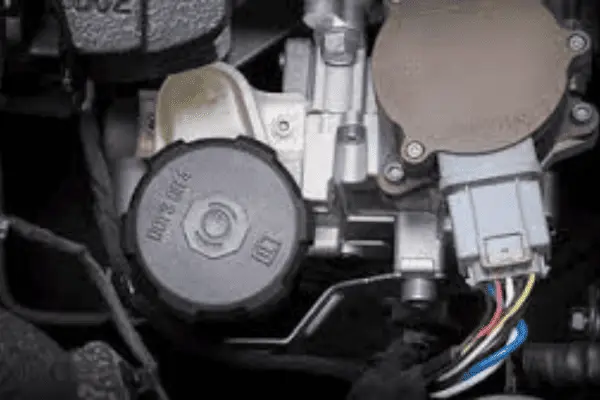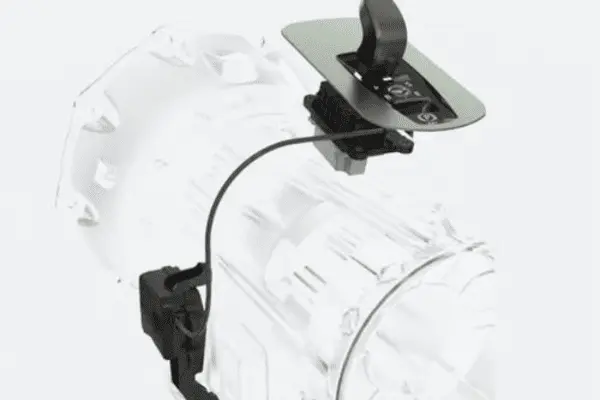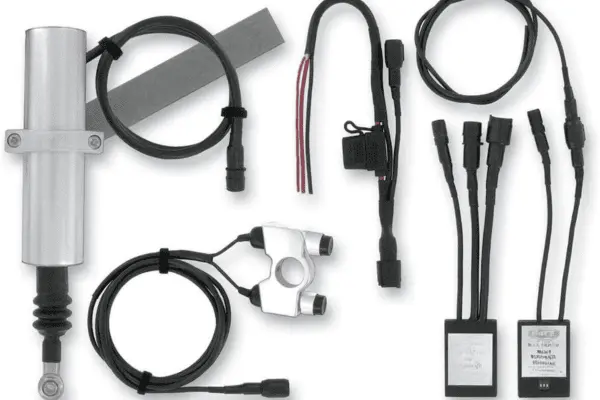Shift-by-Wire Technology
Introduction:
The automotive industry has seen significant change throughout the years due to a persistent focus on efficiency and innovation. One of the most encouraging recent developments is the introduction of shift-by-wire technology, a novel approach to transmission control. SBW introduces electronic connections in place of traditional mechanical linkages, ushering in a new era of superior car design. As we embark on this journey through the world of SBW technology, let’s analyze how this technology is poised to revolutionize the way we travel by making our automobiles smarter, safer, and more environmentally friendly.
The Evolution of Transmission Control
In automobile transmissions, the gear changer and transmission were usually physically attached. These mechanical connections have served us well, but they are not without problems. In many cases, they are unable to fulfill the demands of modern driving and might be cumbersome and prone to damage.
Introducing Shift-by-Wire Technology

SBW has made it possible to replace mechanical connections with electronic impulses. Instead of manually engaging the transmission by pushing a lever or adjusting a gear selector, drivers now engage the transmission through electronic interfaces. The transition to digital control has generated a multitude of options.
1. Smoothness and Accuracy: Gear selection is remarkably precise, thanks to shift-by-wire technology. Electronic signals allow for quicker, smoother, and more accurate shifts. Drivers can enjoy a smooth and comfortable driving experience.
2. Intelligent Adaptability: SBW systems offer a high level of flexibility. They can be used in conjunction with advanced driver assistance systems (ADAS) and artificial intelligence (AI) algorithms to provide autonomous gear selection based on load, traffic conditions, and even driver behavior. This adaptive intelligence also enhances fuel efficiency and performance.
3. Decreased Mechanical Complexity: By eliminating mechanical linkages, SBW streamlines the transmission system. This lowers the need for maintenance and creates more space within the vehicle, which allows for more imaginative interior design options.
4. Eco-Friendly Driving: By optimizing gear selection and reducing emissions, shift-by-wire technology promotes fuel efficiency. Even more benefits are in store for electric and hybrid vehicles thanks to SBW’s enhanced capacity to combine electric motors with conventional transmissions.
5. Enhanced Safety: SBW technology can stop inadvertent gear changes and alert drivers in hazardous situations, among other safety features. This results in safer driving for all users of the road.
Shortly, autonomous driving will be possible, thanks in large part to shift-by-wire technology. It ensures that cars may effortlessly transition between manual and automated driving modes by enabling the seamless integration of autonomous technologies.
Benefits of Shift-by-Wire Technology

Electrical controls are utilized in shift-by-wire technology, which is typically found in automatic transmissions, to manage gear shifting in a car. When contrasting this technology with traditional mechanical systems, the following advantages can be obtained:
1. Precision and Smoothness: The precision that shift-by-wire systems offer for managing gear changes makes shifts more fluid and smooth. Driving might become more fun and calming as a result.
2. Decreased Mechanical Wear: Since shift-by-wire systems require fewer mechanical components, they frequently experience reduced wear and tear over time. As a result, transmission longevity may increase, and maintenance costs may decrease.
Shift-by-wire technology can be seamlessly integrated with advanced driver assistance systems (ADAS) to improve the functionality of features like adaptive cruise control and lane-keeping assistance. It can also facilitate the development of automated driving technology.
3. Weight and Space Savings: Shift-by-wire systems can require less space and weigh less than traditional mechanical connections. As a result, vehicles might wind up being lighter, which would enhance handling and fuel efficiency.
4. Remote diagnostics: Thanks to shift-by-wire technology, automakers can monitor and diagnose issues remotely, facilitating quicker and more efficient maintenance and repair processes.
5. Decreased Noise and Vibration: Shift-by-wire systems reduce noise and vibration associated with gear changes by eliminating physical connections, which quiets the cabin and improves comfort.
Shift-by-Wire Technology Drawbacks

As we already noted, shift-by-wire technology has several benefits, but it also has certain possible drawbacks and difficulties:
1. Dependability difficulties: There are dependability difficulties with electronic systems since they are prone to malfunctions or breakdowns. Failure of the shift-by-wire technology could result in issues in choosing a gear and could put the vehicle in danger.
2. Cost: Shift-by-wire systems are usually more complex and costly to build and repair than standard mechanical connections. This may result in increased upfront costs for both automakers and customers.
3. Upkeep and Fixtures: Qualified specialists and advanced diagnostic equipment are often needed when shift-by-wire systems require maintenance or repairs. Vehicle owners may experience higher maintenance expenses and longer downtime as a result.
4. Difficulties with Adaptation: Some drivers may prefer the old-fashioned mechanical shifters’ quickness and control. Drivers may need some time to get used to shift-by-wire systems, and they may not well receive this change.
5. Risks to Cyber Security: As shift-by-wire systems become more interconnected and integrated into automotive networks, they may become vulnerable to hackers. Securing these systems is crucial to preventing unwanted access or modification.
6. Intricacy: The intricacy of shift-by-wire technology can make it more challenging to identify and fix issues with it, increasing maintenance costs and delaying problem-solving times.
Conclusion:
To sum up, shift-by-wire technology marks a significant advancement in the automotive industry. Notably, it offers numerous benefits, such as smooth gear changes, precise control, integration with advanced driver assistance systems, customization options, weight and space savings, enhanced safety features, adaptability to various driving conditions, remote diagnostics, reduced noise and vibration, and a modern design. As a result, these advantages collectively improve overall vehicle performance, safety, driving comfort, and fuel efficiency.
But it’s important to be aware of the potential problems and challenges that shift-by-wire technology may bring about. These include issues with compatibility, cyber security risks, increased costs, maintenance headaches, power dependence, problems with adaptation, and the need for redundancy and fail-safe systems.
As a result of intensive R&D and testing, shift-by-wire technology is gaining popularity as manufacturers work to minimize its disadvantages. Over time, as the technology advances and matures, we expect to resolve many of these issues. Consequently, shift-by-wire systems are likely to proliferate in the automotive industry, enhancing vehicle performance and driving experience.
Consider registering for one of our training programs if you want to learn more about the technical components of shift-by-wire technology, such as modeling and reproducing them in virtual environments. For more information on how our experience developing shift-by-wire technology can help you, send an email to info@dorleco.com.


